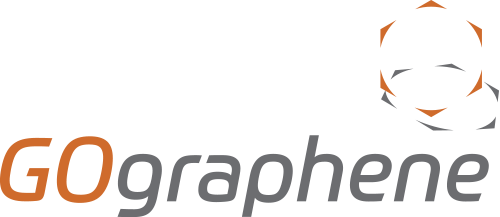The Forefront of Graphene Commercialisation: An Update
Last week, the William Blythe team showcased their work with graphene oxide at the most recent CIR Strategy conference in Cambridge. The event featured esteemed delegates with expertise in a variety of sectors including the field of advanced materials: a promising and ever-expanding area of scientific development. This conference acted as a platform to discuss breakthrough technologies in the academic and commercial world of nanomaterials, and here is just a snippet of what we learnt.
The ISO standardisation for a variety of 2D materials now states that graphene materials must have fewer than 10 layers, which can be measured using the AFM or Raman/SEM coupled analysis techniques used for the GOgraphene range. It was apparent that the production of ‘high quality’ graphene materials is required for commercialisation, indicating high purity, consistency from batch to batch, affordability and most importantly, performance.
The scope for the applications of graphene materials ranges from polymer composites to biomedical applications. Energy storage was a recurring theme throughout the sessions, with the inclusion of reduced graphene oxide into battery and fuel cell technologies allowing for an advanced device with higher performances. Graphene materials even have the promising uses in aerospace applications. With its exceptional strength at very low weight loadings, the incorporation of graphene materials can drastically reduce vehicle mass. This leads to savings on fuel, in conjunction with electronic and thermal conductivity properties obtained with a reduced graphene oxide/graphene material.
The 15th HVM and 4th GNM conference was a superbly organised and informative event, and the William Blythe team look forward to attending more distinguished events in the future. If you are currently working in any sectors noted in this article and would like to know how graphene oxide can improve your technology, please do get in touch.

